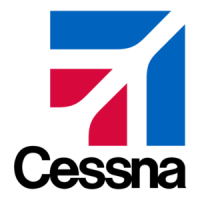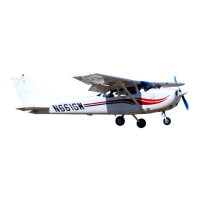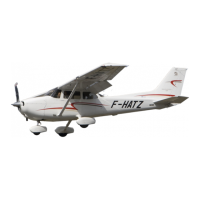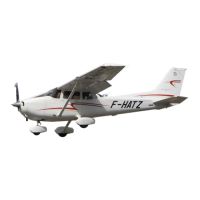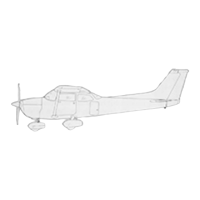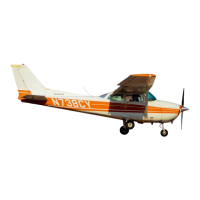SECTION
4
NORMAL PROCEDURES
CESSNA
MODEL 182T NAV
Ill
LANDING
(Continued)
CROSSWIND LANDING
When landing in a strong crosswind, use the minimum flap setting
I
required for the field length. If flap settings greater than 20" are
used in sideslips with full rudder deflection, some elevator
oscillation may be felt at normal approach speeds. However, this
does not affect control of the airplane. Although the crab or
combination method of drift correction may be used, the wing low
method gives the best control. After touchdown, hold a straight
I
course with the steerable nosewheel, with aileron deflection as
applicable, and occasional braking if necessary.
The maximum allowable crosswind velocity is dependent upon pilot
capability as well as airplane limitations. Operation in direct
lcrosswinds of 15 knots has been demonstrated.
BALKED LANDING
In a balked
landiug (go-around) climb, reduce the flap setting to 20"
I
immediately after full power is applied and climb at 55 KIAS. Above
5000 feet pressure altitude, lean the mixture to obtain maximum
RPM. After ciearing any
obsiacies, careiuiiy retract the flaps and
allow the airplane to accelerate to normal climb airspeed.
14-48 U.S.

